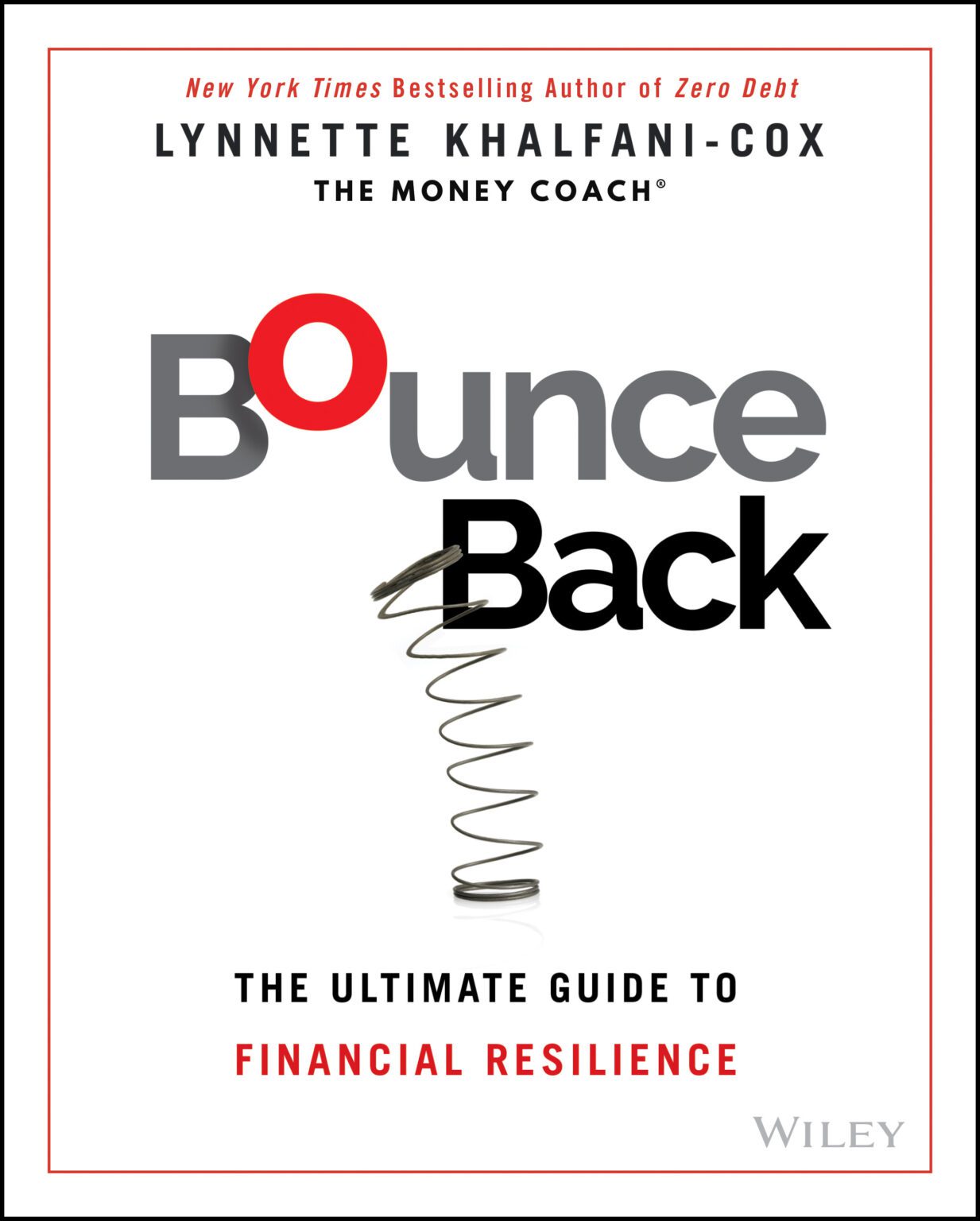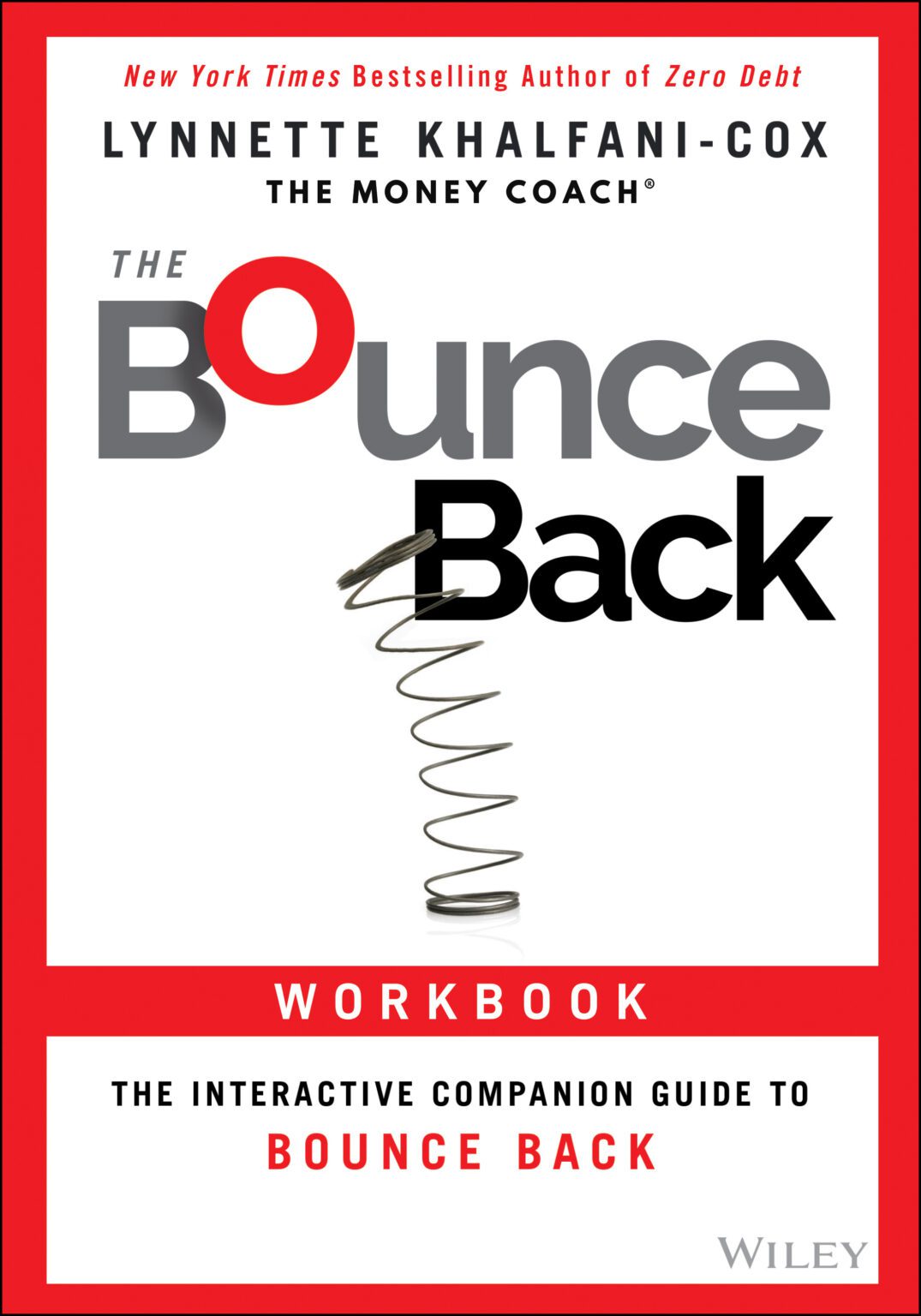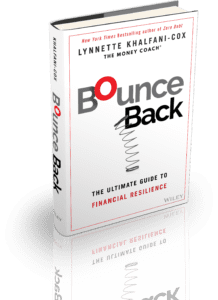Q: “I need to borrow more than $100,000 for a four‑year degree; where can I get a student loan?”
A reader of AskTheMoneyCoach.com recently wanted some financial advice regarding her son, who will be attending a university in the fall. He’s going to need to get a loan for at least $110,000 for his degree.
She said, “We make too much money for him to get any assistance, but not really enough to help him with a loan this size. I was also told by the school that a Stafford Loan will only lend him $5,500 in the first year. Please help!”
A: This family will be struggling with student loan payments for many years to come if the son does in fact borrow over six figures to finance his college degree.
First, I would suggest going ahead and filling out the FAFSA (Free Application for Federal Student Aid) if the family hasn’t already done so.
Far too many middle‑income, upper‑middle‑income, or even “wealthy” families fail to apply for college financial aid because they are under the false impression that they “make too much money” to get any assistance.
This reader didn’t say which institution her son would be attending, nor did she say how much money he has at his disposal. She only indicated that he’s going to need $110,000 over four years. (So I don’t know if the college itself all‑in is going to cost about $27,500 per year, and that’s how they came up with this figure, or if the college might be $50,000 all‑in, but he has at his disposal $23,000 or so, roughly, that he can pay.)
Either way, it’s important to be aware that many families earning six‑figure salaries, $100,000, $150,000, $180,000, even some families earning $200,000 or more, can still qualify for financial aid; it’s very much a misconception that “Our family makes too much money, so we didn’t even bother to apply.” That’s the wrong way to go about applying for and/or receiving any kind of college financial assistance.
Furthermore, even if someone doesn’t qualify for federal aid, filling out that FAFSA at many institutions of higher learning also puts students in the running for institution‑based or private sources of funding via academic scholarships, athletic scholarships, grants, merit‑based aid, et cetera.
But the key is to at least apply to a school to know what your financial needs are, and then to get in the pool, if they have one for merit‑based or academic scholarships—so do that as soon as possible.
It’s also important to understand a bit about the college financial aid process. A school is going to look at the total cost of attendance, tuition, room and board, fees, books and supplies, computer equipment, travel, and personal expenses for the student, and then they’re going to calculated your “family contribution” which is also sometimes called your “ or “expected family contribution”
They’re going to take your family contribution and subtract that figure from the total cost of attendance. The remaining amount is your demonstrated financial need.
For the family I’m discussing here, demonstrated financial need may be $27,500 per year, and perhaps that’s why her son is thinking he needs to “borrow” that $110,000 over four years.
Before going ahead and signing on the dotted line for him, or before he takes on six figures’ worth of debt over four years, I would encourage him to first explore all of his other options. Are there financial aid grants? Are there scholarships? Are there outside sources of funding that he can tap into before he applies for a loan?
So many students think: “I applied for one or two scholarships, it didn’t work out for me, I guess that’s it.” Well, the college scholarship hunt should be a quasi‑full‑time job.
A student should put in 20 to 30 hours or more per week into applying for scholarships, for a few weeks. And in that process, he should apply for a dozen or more scholarships. That will greatly increase his chances of getting one, two, perhaps three scholarships or more.
But again, you have to be in it to win it! If he hasn’t applied, he’s certainly not going to get that funding.
If you’ve exhausted all those other sources, family savings, his own savings, summer earnings, or grants, work‑study options that the school might offer, scholarships or grants, and you still have unmet financial need, then it’s time to look at loans.
Your best strategy is to go for federal loans first before seeking out private loans. Federal loans are loans like the Stafford Loan. In the case of this woman’s son, the college was correct in telling him that a first‑year undergraduate student can borrow no more than $5,500. That amount is only for dependent students.
In other words, people who are considered independent—they’re working on their own, they’ve been living independently from their parents—can actually get $9,500 in Stafford Loans during their first year of college.
In subsequent years, a student can borrow more money under the Stafford Loan program. For example, in his second year as an undergraduate, he’ll be able to get $6,500 in Stafford Loans. In his third and fourth year, as a junior and a senior, he’ll be eligible to get $7,500 per year through the Stafford Loan program.
They do have caps, and any dependent student may take out no more than $31,000 in Stafford Loans. This leaves a considerable hole if her son was thinking that he was going to borrow $110,000 for college to pay for his funding over four years.
I would suggest that before he commits to borrowing all of that money that he really examines the grants, scholarships, institutional aid, and private sources of funding that may be available to him before he takes out those student loans. If he does borrow, he’ll wind up getting not only $31,000 or so in Stafford Loans, but another roughly $80,000 in private loans.
Those private loans carry higher interest rates, and they have fewer protections for students and their families in terms of loan forbearance, loan deferment, loan cancelation, and loan forgiveness options. They also have higher initial fees to obtain the loans.
In the end, if he has no other alternative and he’s determined to get that four‑year degree from this particular institution, he may be forced to get private loans, and that may be the only resource.
But I caution anyone against going into the process blindly; when you’re looking for student loans at the six‑figure level, it’s crucial to go into the process with your eyes wide open.








